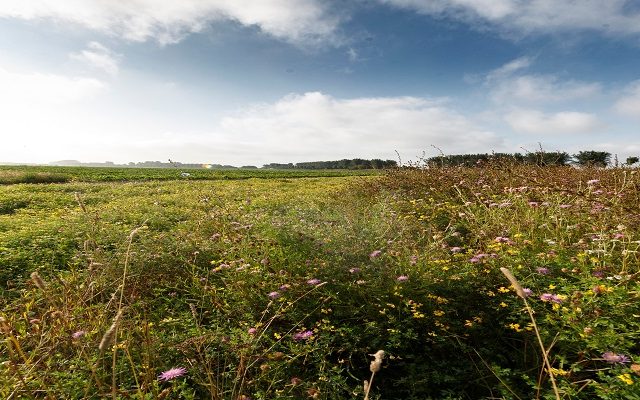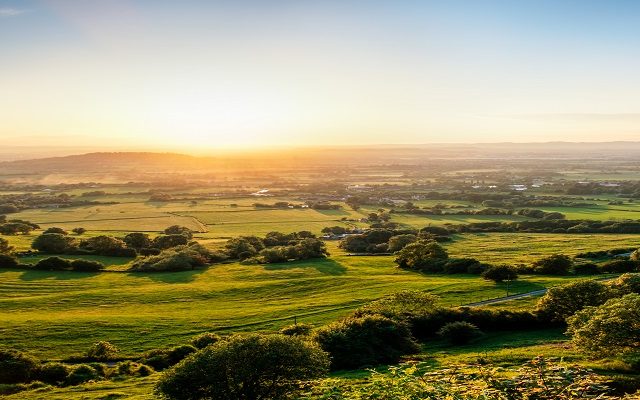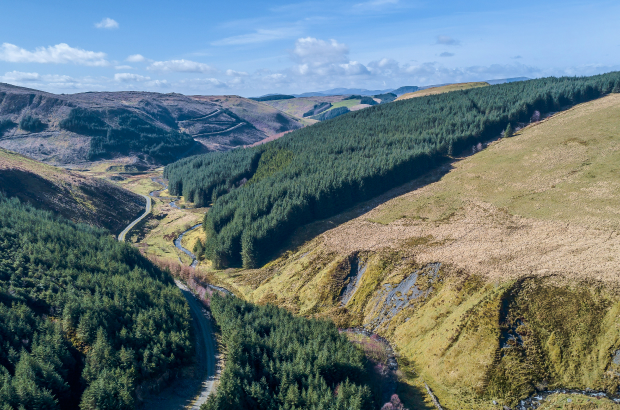Are solid fuel burners a sustainable way to heat your home?
Lighting the fire is one of the joys of winter. But now, with the rise of solid fuel burners, a simple fireplace can be transformed into a new central heating system, with some installations going as far as to replace the boiler.
Lighting the fire is one of the joys of winter. But now, with the rise of solid fuel burners, a simple fireplace can be transformed into a new central heating system, with some installations going as far as to replace the boiler.
We take a look at these burners and whether wood is the fuel of choice for the environmentally-friendly homeowner.
Solid-fuel burners
The difference between a solid-fuel burner and fireplace is that the burner will heat a store of water to feed the radiators and plumbing. Not only can they heat up the room they are in, but they can also warm your bath water and keep your bedroom toasty.
They are based on traditional methods, whereby old fireplaces would often have the water tank behind the wall. The modern versions have fined tuned this method and can now heat a 5/6 bedroom house and can be combined with a number of renewable energy sources like solar to heat your water tank.
While they are more efficient than an open fire for heating a home, they are still less effective than your standard gas boiler.
Which fuel to use?
Wood is the most popular fuel but multi-fuel burners can burn other things including paper, coal and pellets.
There are two main factors to look out for when burning fuel – how much carbon dioxide (CO2) and how many ‘fine particles’ they release.
Wood is seen as more sustainable than coal as you can replant trees. Some have even gone as far as to call wood a ‘carbon neutral’ fuel source as it only emits CO2 that has previously been in the atmosphere. If the wood was left to rot and biodegrade naturally it emits the same amount of CO2 as when burned.
While this is true there are other things to consider. For example, there is a carbon footprint associated with its cutting and transport. Also, there’s an argument that trees felled for fire would be better left alone, holding on to their CO2.
Because of this, it’s important the wood comes from a sustainably managed plantation or coppiced woodland. Or, you could seek out suitable leftover wood from construction sites or other sources. Just make sure they aren’t contaminated with paint or other treatments as burning these could release more contaminants into the environment.
Wood also releases fine particles into the air, which over long periods could cause respiratory problems and negatively affect the environment. In fact, the United Nations warns that wood burners release 300,000 tonnes of ‘black carbon’ (similar to diesel car emissions) in Europe and America every year.
Coal is fairly low down on the sustainability list. While it produces more heat than wood, so less needs to be used, burning it releases large amounts of CO2 into the environment along with tiny particles that contaminate the air. But, as mentioned, it releases fewer particles than wood.
Smokeless coal can reduce the levels of these particles and, as it has a higher heating efficiency, less is needed to get the same heat as regular coal. This, in effect, can make it more environmentally friendly than coal.
Pellets, usually made of compacted wood shavings, can also be used in certain burners. These are created to burn at a high temperature for longer. There are even systems that feed pellets into the system over time. But they can be very expensive to run.
Waste-newspaper briquettes are another option. While recycling newspapers is better for the environment than burning them, in rural areas where recycling facilities are few and far between, creating briquettes out of waste paper is better than letting them rot or go into landfill.
Getting the most from your burner
Regardless of your choice of fuel, there are a few things you can do to make using a burner greener. These include:
• Insulating your home so the heat doesn’t escape
• Cleaning and maintaining your burner so it’s burning efficiently
• Making sure your choice of fuel is dry and stored correctly
Wet or damp fuel, like unseasoned wood, burns at a lower temperature and emits more emissions like dioxins, furans, carbon monoxide, carbon dioxide, particles, and nitrogen oxides. Contaminated fuel like painted wood, also leads to higher emissions.
The installation of your burner also needs to be perfect and follow the manufacturer’s guidelines. A badly installed burner simply won’t work.





